
Celebrating Fat Tuesday? Well, New Orleans, Louisiana was named the #1 place to visit recently by The New York Times especially for Mardi Gras, which is French for “Fat Tuesday.”
Mardi Gras is a time for festivity, extravagant parades, and one of the biggest parties of the year. Check out these five cocktail bars and drinks to enjoy all that Mardi Gras has to offer!
Toups Meatery
845 N. Carrollton Avenue, NOLA
ToupsMeatery.com
The Toups Meatery first opened its doors in the spring of 2012 to share their unique eating experience with food-lovers of New Orleans. Toups Meatery is a contemporary Cajun restaurant with a huge selection of cured meats, its famous Meatery Board, and cocktails by the pitcher. Chef Isaac Toups serves fine food and wine, specialty cocktails, and charcuterie inspired by Louisiana family tradition.

ZULU Cocktail
ZULU
Created by Beverage Director Bryson Downham
Ingredients:
- 1 1/2 oz. chili tequila
- 3/4 oz. Averna
- 1/2 oz. Amaretto
- 1 oz. coconut milk
- 1/2 oz. Demerara
- 3 dashes saline
- 1/2 oz. Coco Porter
- Mace for garnish (ground nutmeg shell)
Preparation: Shake and strain into coupe. Sprinkle with mace.
Copper Vine
1001 Poydras Street, New Orleans, LA 70112
CopperVineWine.com
Copper Vine has a history in New Orleans that runs deep to its core. Before Copper Vine, 1001 Poydras Street was home to Maylie’s restaurant in 1876, owned by two French immigrants. Maylie’s became a neighborhood institution and by the time it closed in 1986, it was one of the oldest restaurants in New Orleans. Copper Vine is now a building on the National Register of Historic Places, continuing on the legacy of Maylie’s with the restoration of its original bar inside and the rebirth to Maylie’s signature wisteria vine on the patio and the reimagining of Maylie’s iconic dishes. Copper Vine offers over 30 aromatic and flavorful wines on tap for their guests to enjoy with the easy pull of a handle.
Jewel of the South
1026 Saint Louis Street New Orleans, LA 70112
JewelNola.com
Jewel of the South is a New Orleans tavern on Saint Louis Street in the French Quarter. This location is a must-visit for its food and top-of-the-line cocktails. Jewel of the South is an elegant, antique tavern, with a beautiful backyard dining area, on the outskirts of the Quarter that’s to die for.

Jewel of the South Co-Owners (L-R) Chris Hannah and Nick Detrich
Photo by Denny Culbert
Jack Rose
2031 St Charles Ave New Orleans, LA
JackRoseRestaurant.com
Jack Rose is a concept of QED Hospitality in New Orleans’ historic Pontchartrain Hotel. Jack Rose brings a fun dining experience to the Garden District with its vibrant atmosphere, whether you decide to enjoy dinner in either the Jack or Rose Rooms, hosting an escapade in the Mile Hie Pie Club, snacking in the Living Room under a portrait of Lil Wayne, or sipping sparkling rosé in the Rose Garden Patio. Jack Rose features a mix of Italian, French and Spanish dishes along with their vibrant cocktails and a wine list that skews towards bubbles.

Jack Rose Disco Punch
Photo by Denny Culbert
Disco Punch
One punch bowl serves 8-12 people
Ingredients:
- 10 oz. Mt. Gay Eclipse Rum
- 10 oz. Bigallet China-China Liqueur
- 5 oz. Suze Liqueur
- 5 oz. Falernum Syrup
- 10 oz. lime juice
- 15 oz. pineapple juice
- 5 oz. 1:1 simple syrup
- 1 bottle of Prosecco
Preparation: Combine first 7 ingredients in punch bowl. Give it a good stir, then top with a full bottle of Prosecco.
Compère Lapin
535 Tchoupitoulas, New Orleans, LA
CompereLapin.com
Compère Lapin is located in the heart of the Warehouse Arts District in New Orleans. Compère Lapin is French for “brother rabbit” and Compère Lapin believes in the complexity of simplicity, and the power of pure flavors. Visiting Compère Lapin makes meals about moments, memories and those who surround you at your table. Their menu is full of inspiration from the traditional Caribbean folktales of a mischievous rabbit, and mixes of indigenous ingredients with rich culinary heritage of New Orleans, and a huge variety of cocktails, beer, wines and liquors. The playful menu at Compère Lapin takes food you know, and turn it into foods you love.

Neutral Ground Side
Neutral Ground Side
Ingredients:
- 1 3/4 oz. King Cake Cachaça*
- 1/2 oz. Hoodoo Chicory Liqueur
- .13 oz. lemon juice
- 2 dashes El Guapo Tricentennial Bitters
Preparation: Stir over ice, strain into Nick & Nora Glass, and then garnish with toasted marshmallow.
*King Cake Cachaça
Ingredients:
- 1 Lt. Mae de Ouro Cachaça
- 2 scraped vanilla beans
- 2 handfuls toasted pecans
- 2 handfuls golden raisins
- 4 while nutmeg ground
- 2 whole cinnamon sticks
Preparation: Infuse five days and strain with cheesecloth.
The post Top 5 Bars to Grab a Drink in NOLA appeared first on Chilled Magazine.
Source: Mixology News
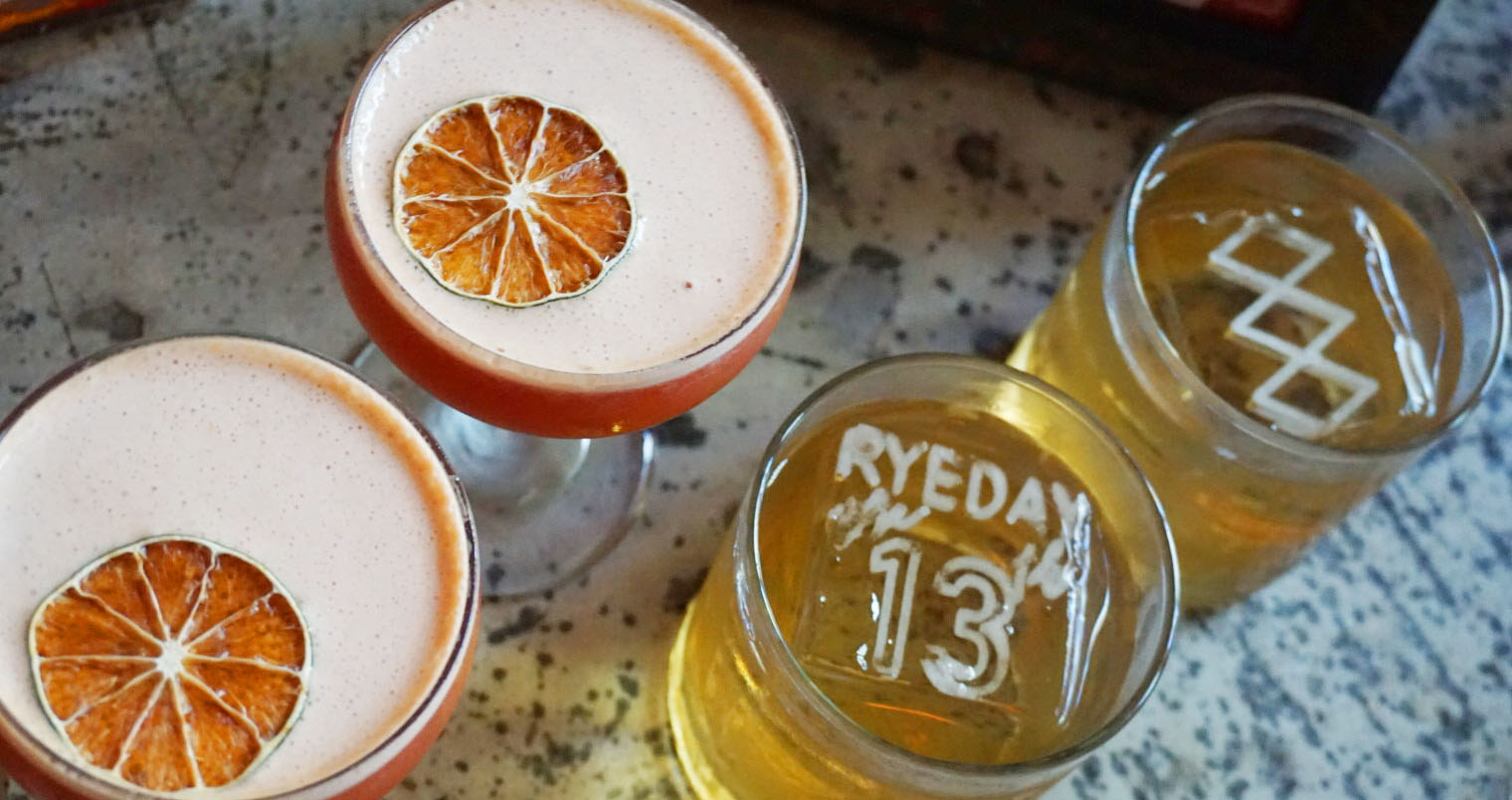




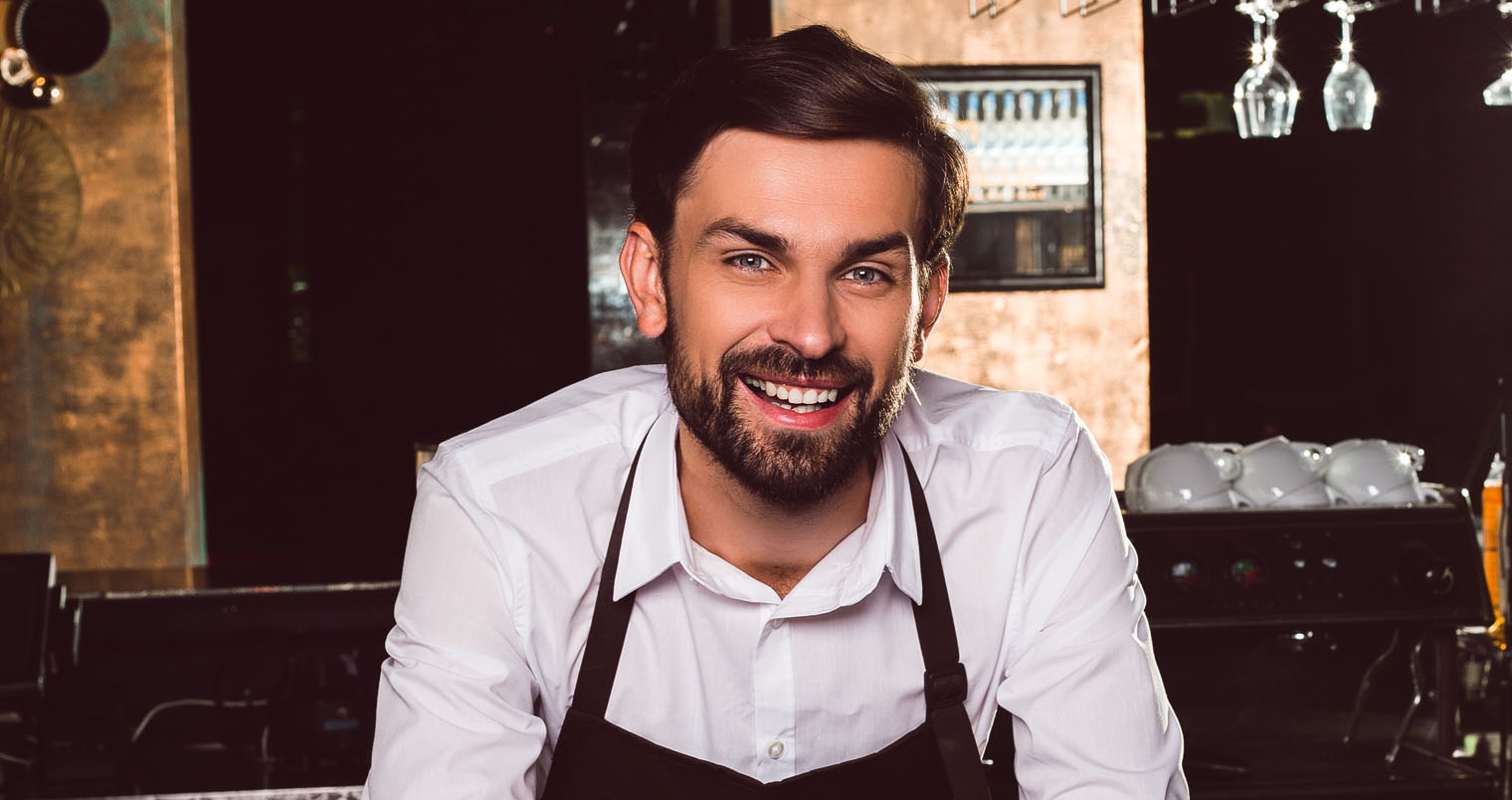


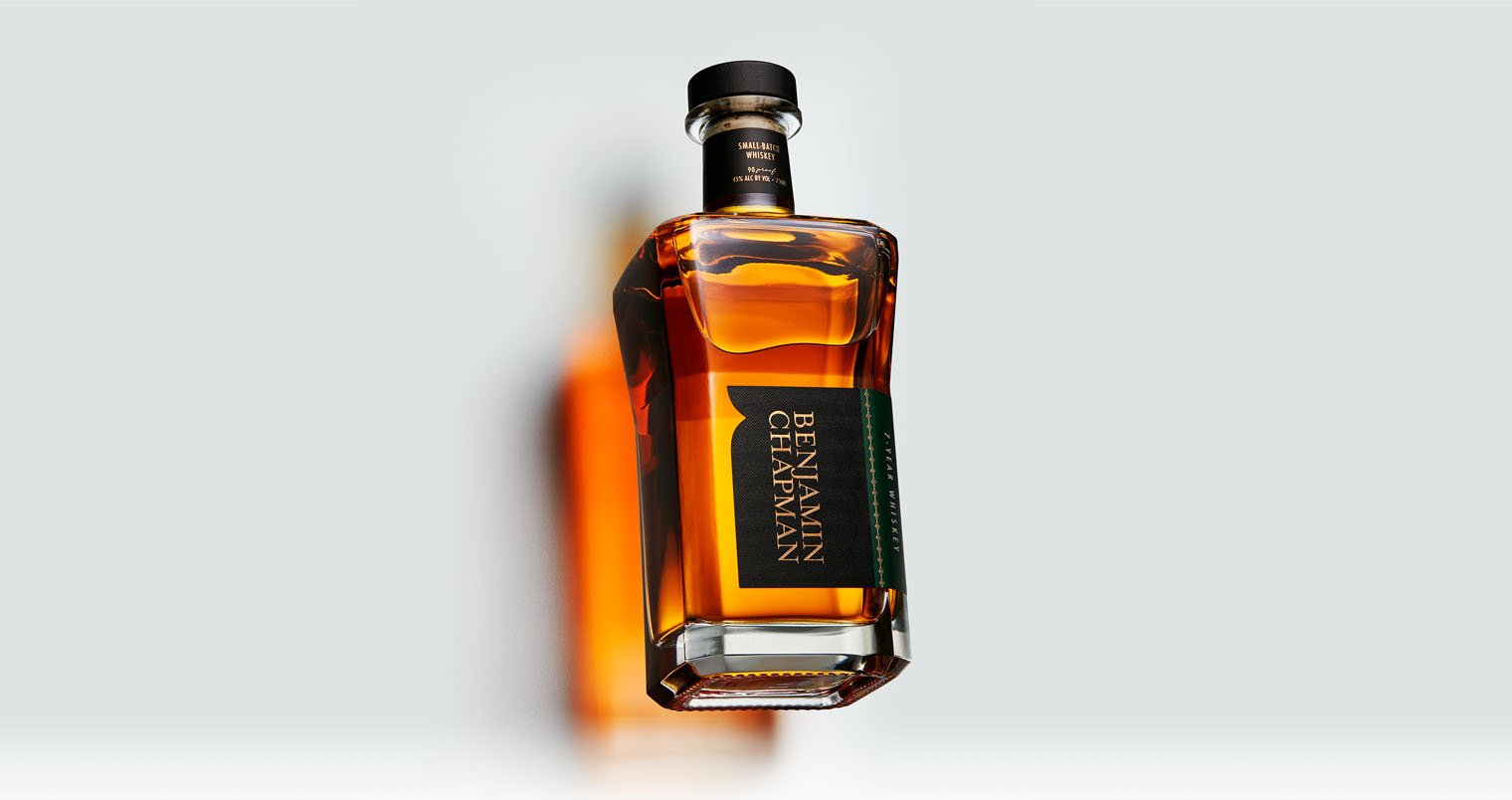


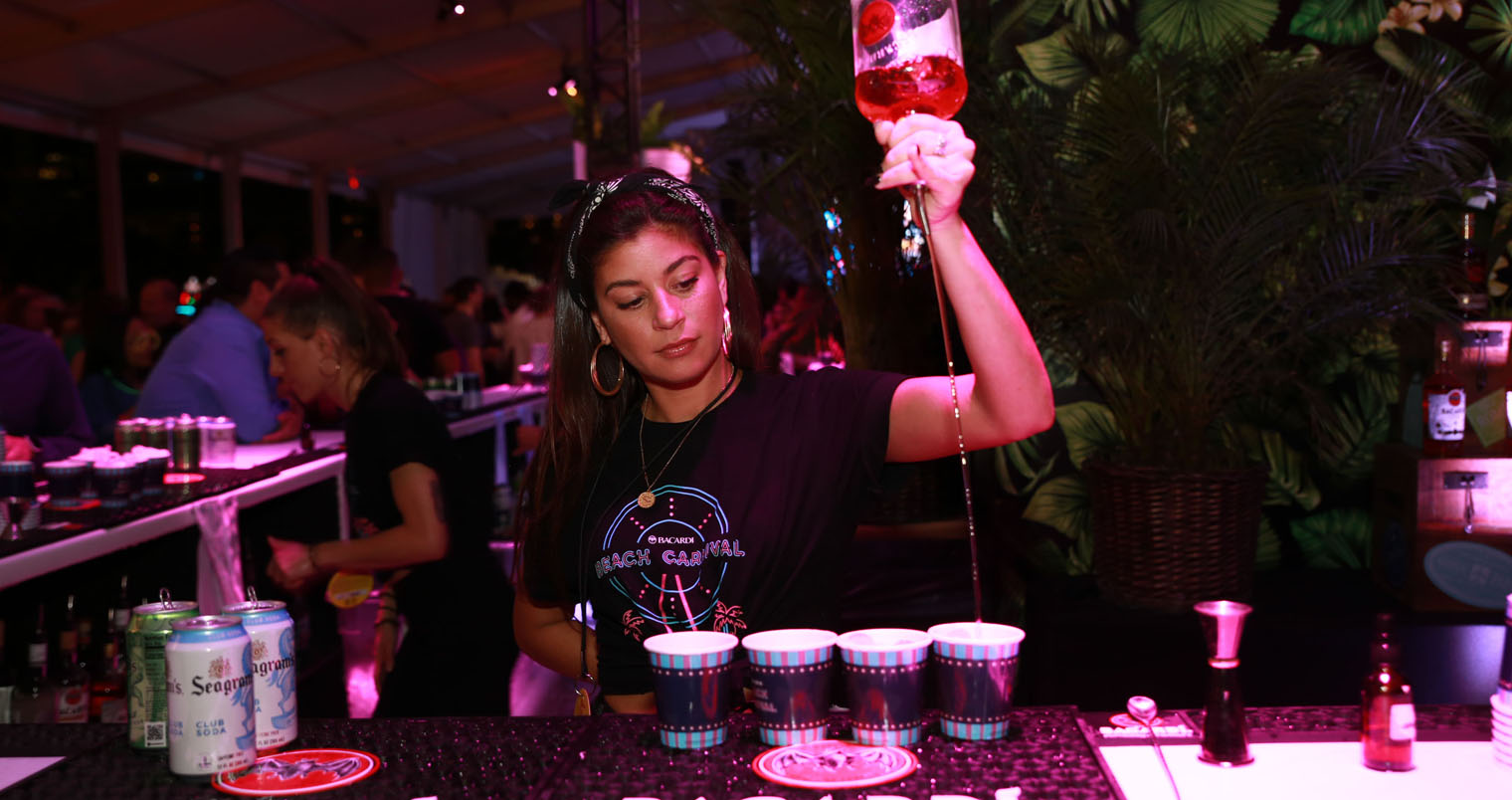







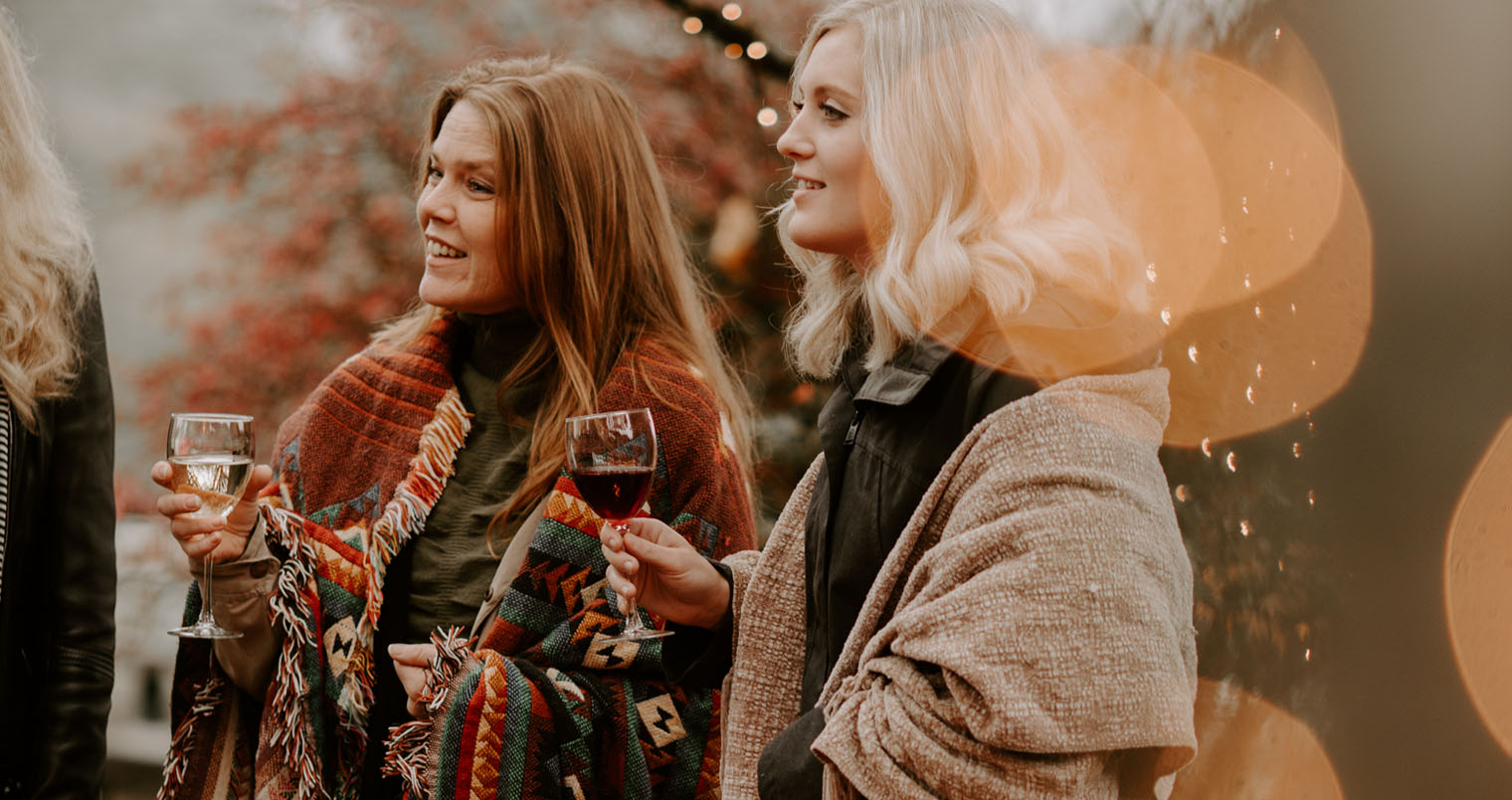






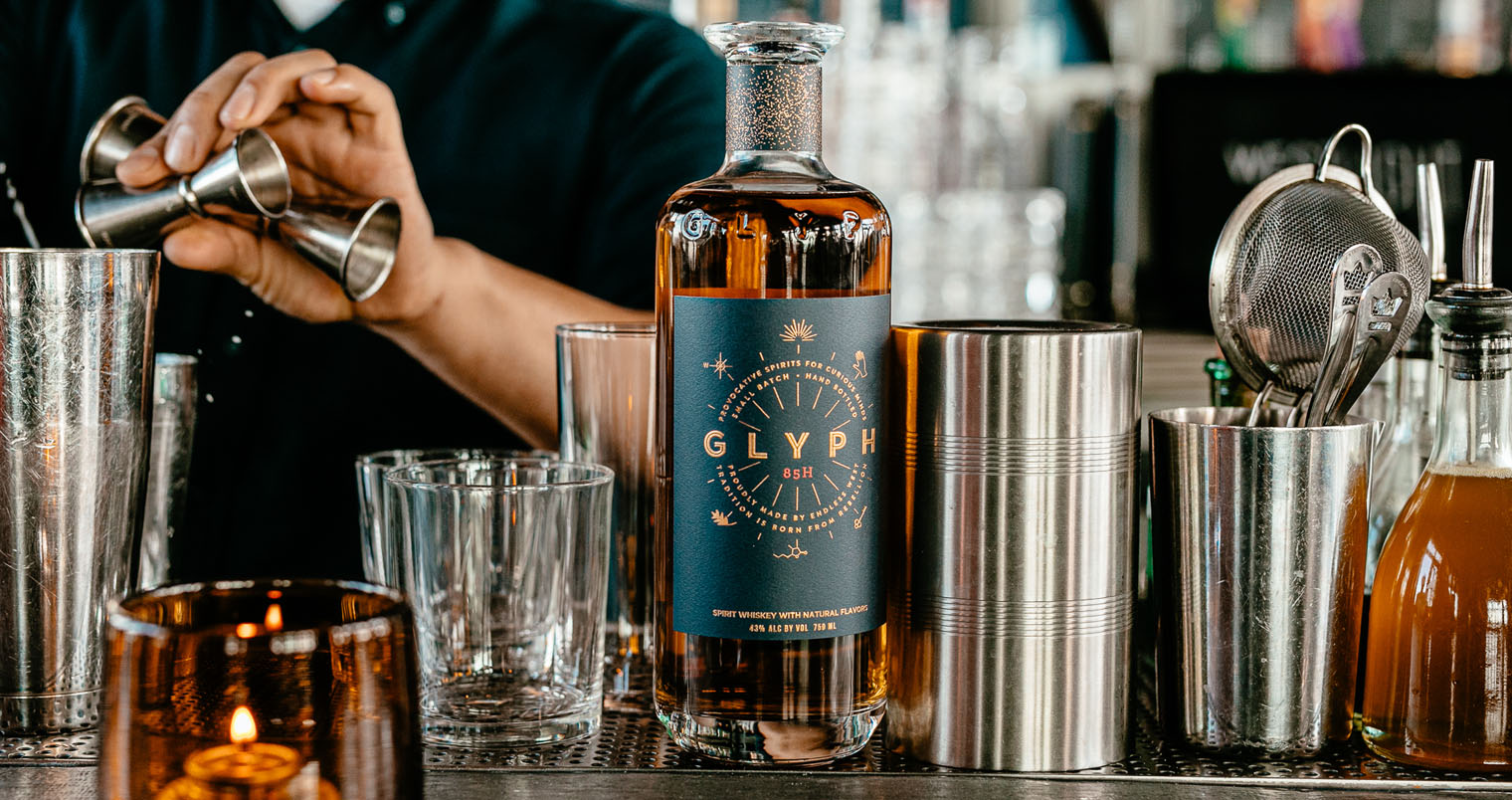




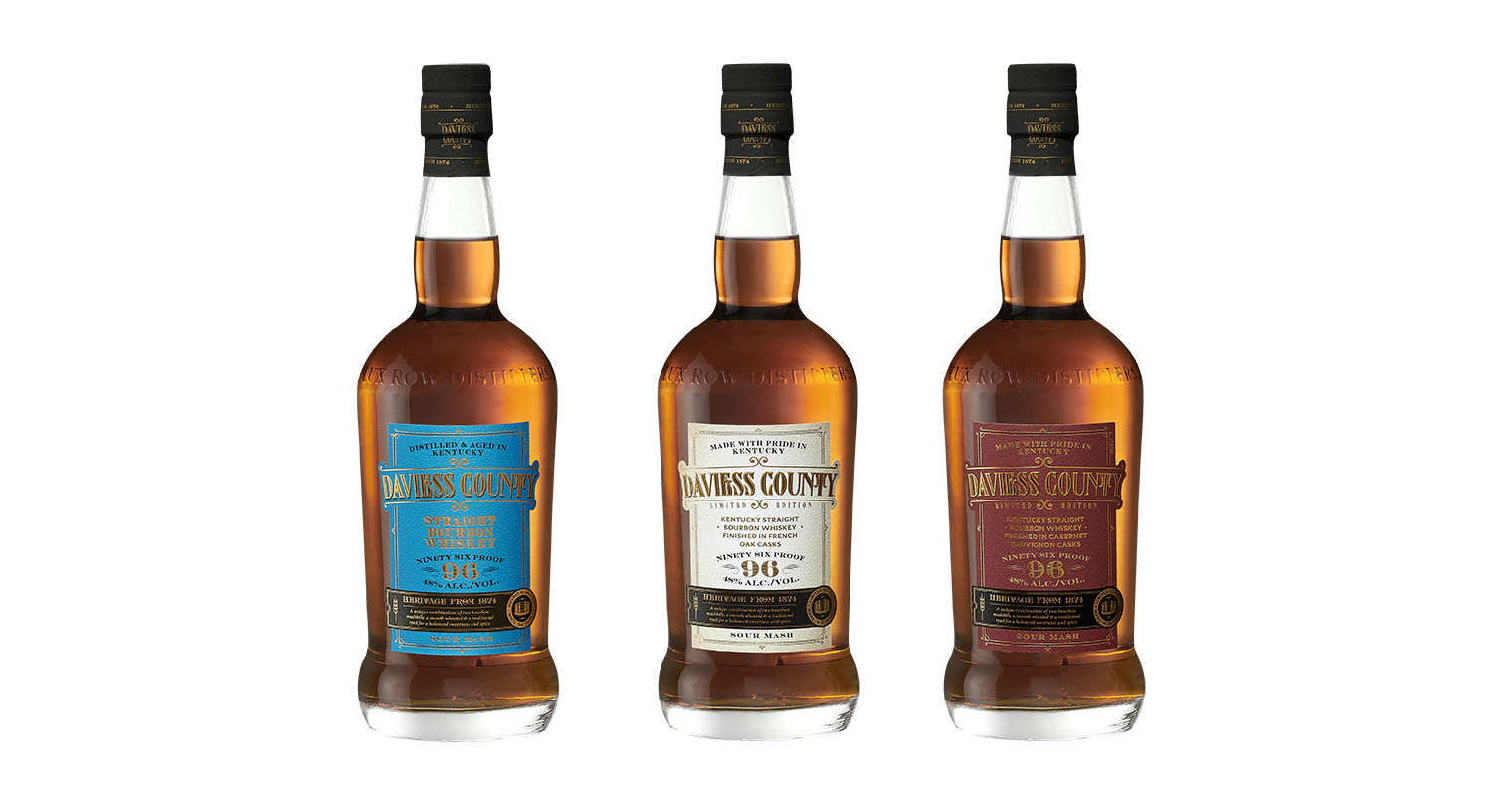





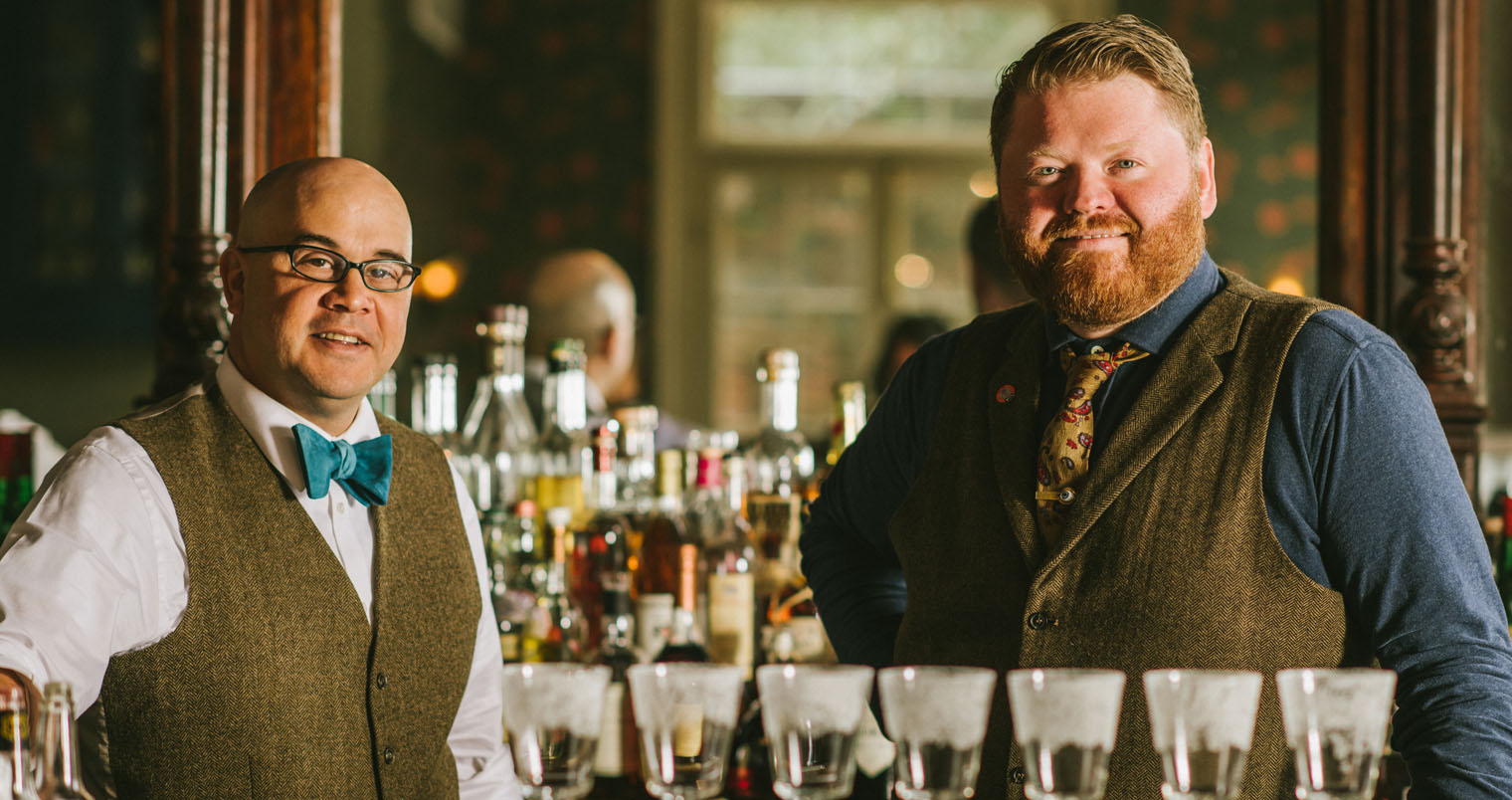





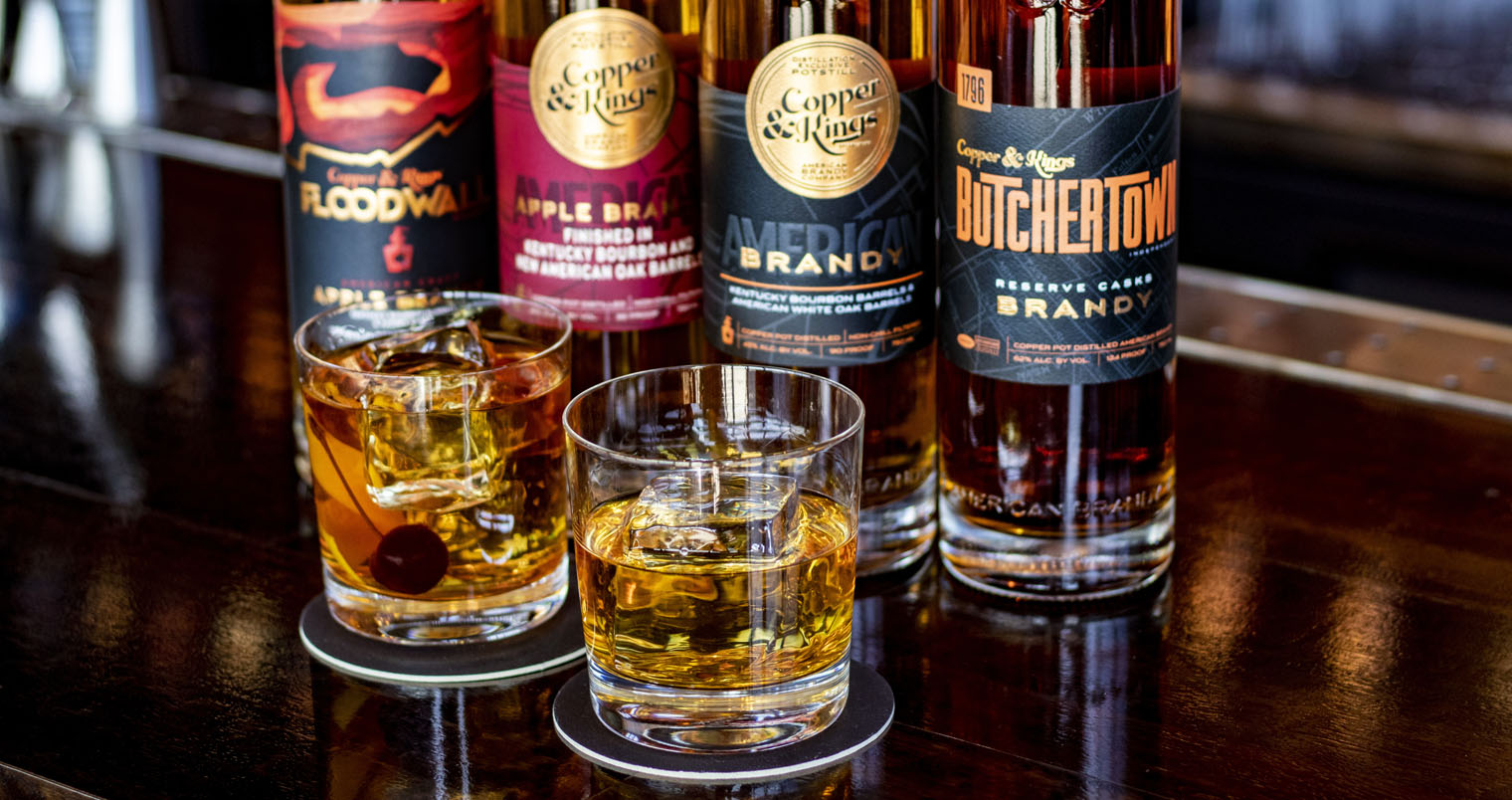





Recent Comments